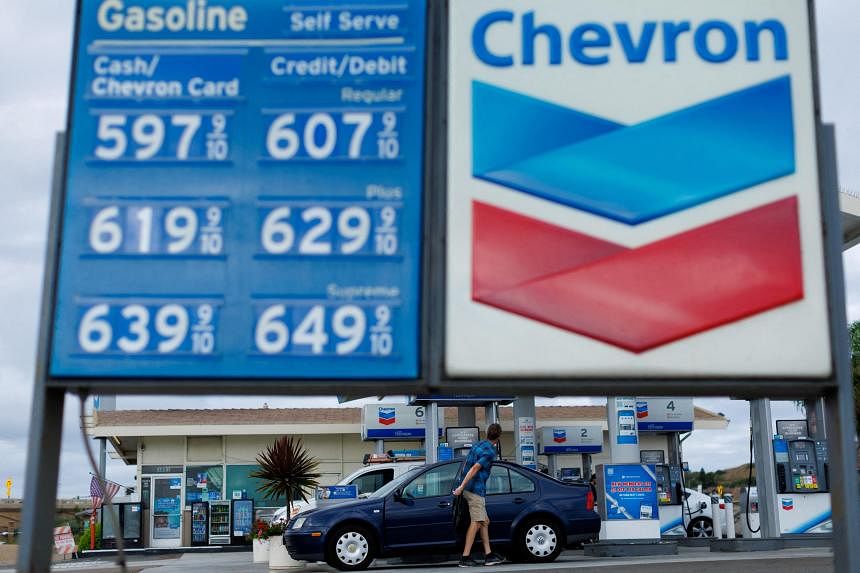WASHINGTON - Inflation eased in October, fresh government data showed, and price increases showed encouraging signs of slowing under the surface.
The overall consumer price index released on Tuesday slowed to 3.2 per cent in October, lower than the 3.7 per cent reading in September and the coolest since July. That deceleration owed partly to more moderate energy prices.
Even with volatile fuel and food prices stripped out, a closely watched “core” price measure climbed 4 per cent in the year through October, slower than the previous reading and weaker than what economists had expected.
Inflation has come down meaningfully over the past year after peaking in the summer of 2022, and the fresh report showed evidence of continued progress.
Federal Reserve officials are trying to wrestle price increases back to roughly the 2 per cent pace that was normal before the pandemic by raising interest rates, which they hope will slow consumer and business demand.
Fed officials have predicted that eradicating rapid inflation could require more of an economic slowdown than the United States has seen so far. Price increases have eased over the past year in part because supply chain problems that had pushed up the costs of many goods reversed, allowing prices for goods like bicycles and bed frames to stop rising or even fall.
Now, inflation remains faster than usual mainly because of price increases in services industries, which encompass everything from manicures to information technology to healthcare. That lingering price pressure could prove more difficult to crush.
Still, there were several encouraging signs in this report.
A closely watched measure of housing costs, which officials have been relying on to help drag down inflation, cooled notably in October. That metric, called “owner’s equivalent rent”, climbed just 0.4 per cent on a monthly basis in October, the report showed, down from 0.6 per cent previously.
Many economists expect inflation to come down further in 2024, even after recent speed bumps.
“We see further disinflation in the pipeline in 2024 from rebalancing in the auto, housing rental and labour markets,” economists at Goldman Sachs wrote in a research note this week.
Fed officials are watching the figures closely as they try to determine their next steps. Policymakers have raised interest rates to a range of 5.25 per cent to 5.5 per cent, up from near zero as recently as March 2022. They are now debating whether a final quarter-point rate move is necessary.
Officials have been clear that they expect to leave interest rates at elevated levels even once they stop raising them, hoping to keep steady downward pressure on consumer and business demand by making it more expensive to borrow money.
“We know that ongoing progress towards our 2 per cent goal is not assured: Inflation has given us a few head fakes,” Fed chairman Jerome Powell said last week. “If it becomes appropriate to tighten policy further, we will not hesitate to do so.”
Inflation expectations could become a point of concern for Fed officials if they continue to jump higher. While not all measures have moved up, a five-year-ahead measure produced by the University of Michigan has nudged higher, as have some market-based measures. Policymakers have struck an unworried tone about those changes so far. NYTIMES

